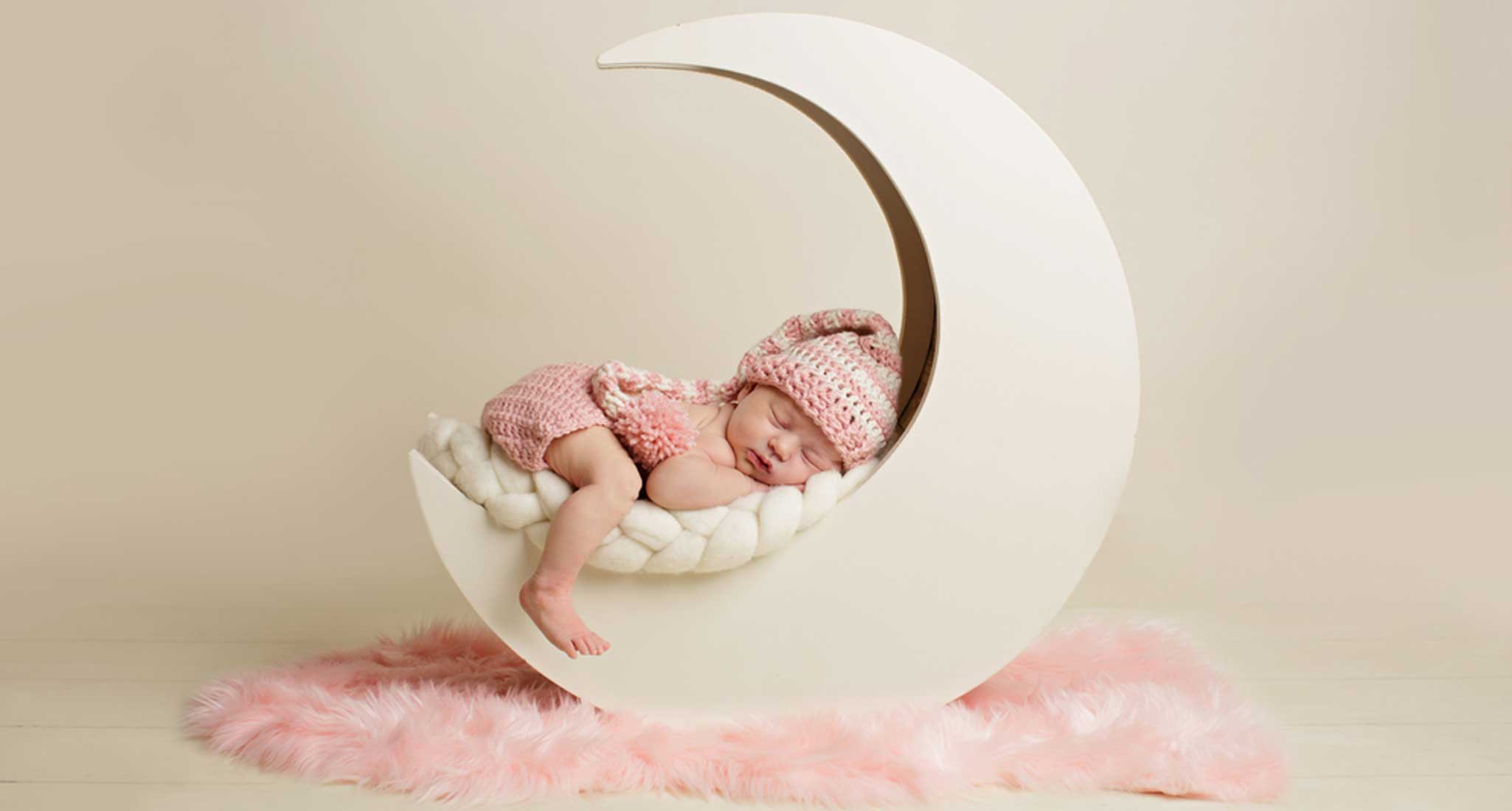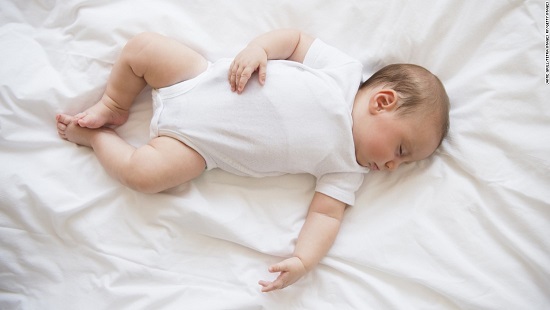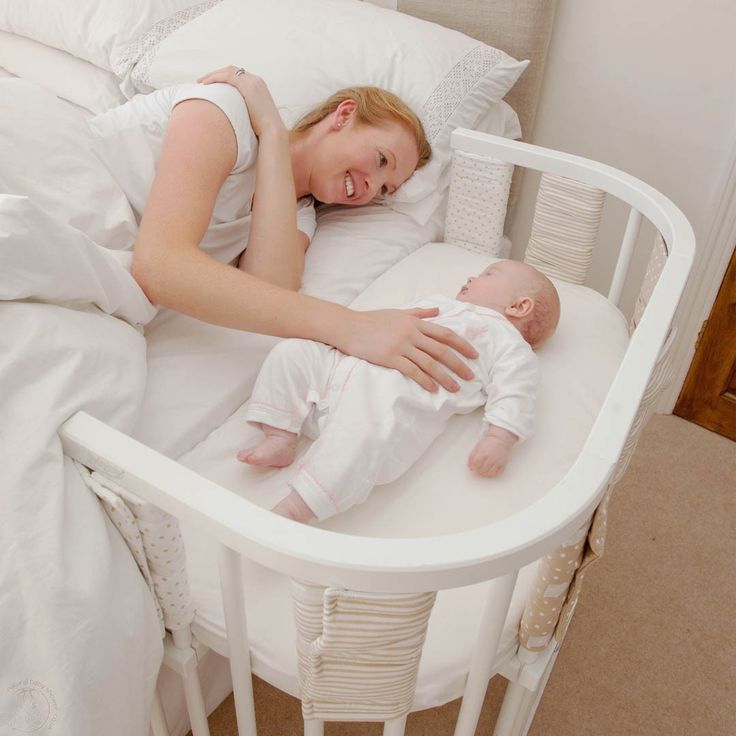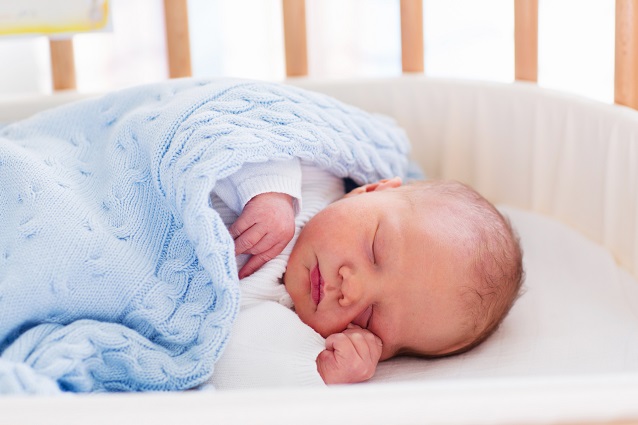People often underestimate the amount of calculation and effort it takes when it comes to dressing babies for sleep. There are several factors a parent has to consider, like the room temperature where the baby sleeps, the kind of clothes they’re wearing, as well as the level of noise present in the bedroom. While all factors are equally important, this article will focus in detail on how to dress baby for sleep.

Dress Your Baby Comfortably for the Night
1. Layering Is a Smart Move
Especially during winters. Most parents often make their children wear the warmest/thickest of clothes in order to keep them warm. However, for the sake of convenience to both the child and its parents, it’s smarter to dress the baby in several layers of clothes. This way, if the baby’s feeling too warm, all you have to do is remove one layer of clothing in order to make him/her feel cool, but also keep him/her warm enough to not catch a cold. You do not have to go through the arduous task of searching for a lighter set of clothes, taking off your baby’s current clothes and making him/her wear a new set of clothes.
2. Fitted Sleepwear Is Ideal

When your child is older than 90 days, it is advisable to shift to fitted sleepwear, especially if the child isn’t being swaddled. Keep in mind to have his/her sleepwear free of fancy accessories like strings, ties or ribbons. Your baby might get tangled in them or may end up choking on them (if these accessories or decorates get de-attached by mistake).
3. Touch Your Baby
When it comes to how to dress baby for sleep, most parents forget to check his/her baby’s body temperature in order to dress him/her accordingly. In order to get an aggregate reading, touch your baby in 3-4 different places to ensure him/her have a steady body temperature. Always ensure to touch the back of your baby’s neck, as that portion of the skin is a good indicator of your child’s body temperature.
If your baby has varying temperature on different body parts, then dress him/her accordingly. For example, if your baby’s upper body is cold but feet are warm, go ahead and make him/her wear an extra layer of sweater.
4. Booties and Caps Aren’t Always Necessary
A lot of parents are guilty of over dressing their children during winters, not keeping in mind whether or not their bodies actually require such heavy clothing. The first thing to do, of course, is to make them wear several layers of clothes. The second thing to do would be to check their feet and scalp to check their temperature. Babies often lose heat quickly from these points, so if these areas are cool, make them wear socks and/or caps. When making them wear a cap, ensure it’s the type that ends at the forehead. Anything below that might come down further and cover your child’s nose – thus posing breathing problems for them.
5. Opt for Natural Fibers
One of the most important ways on how to dress baby for sleep is to keep in mind the type of fibers their delicate bodies are exposed to. The more natural the fibers of their clothes are, the less likely they are to develop rashes, itches or break into sweat. Natural fibers like cotton, linen and hemp afford your baby good insulation during winters, while it quickly absorbs their sweat during summers.
Where Should Your Baby Sleep?

Now that you know how to dress baby for sleep, it’s time to focus on where the baby should sleep. The most important thing to keep in mind is your location. Make your baby sleep in whichever room you prefer to sleep – be it the bedroom, drawing room or even out in the garden during a warm winter afternoon. However, if your baby’s old enough to have a room of their own, or if they make too much noise and have made you sleep deprived, then it’s best to get them their own room.
It is also important to note that you can mold your child’s sleeping expectations. If you keep them at a distance right from the beginning, they will transit more easily to sleeping in their own room. In such a case, the ideal time would be around 4 months of age. However, if you keep them close to you 24x7, the transition is going to be tough for both you and your child, irrespective of their age.
Create a Comfortable Environment for Your Baby
1.Swaddle Your Child
As lying in this position simulates the mother’s womb, the child is able to sleep more comfortably and soundly in it. Swaddling can easily be done till your child is at least 3-4 months old. If you want to test whether your baby has outgrown swaddling, perform a simple test. When your child is sleep, quietly stick one of your arms out. If your child continues sleeping, congratulations! You can slowly get them to sleep normally.
2.Manage Your Room Temperature
An ideal room temperature for your child to sleep in would be 65°F. If a thermostat is unavailable, purchase an indoor thermometer that will help keep track of your room’s temperature.
3.Avoid Heavy Blankets

Opt for lightweight ones instead, and keep layering them on top of each other till your child feels sufficiently warm. If possible, invest in blankets made from natural fibers.
Whenever you put a blanket on your baby, ensure that you tuck them in. This is done in order to avoid the blanket being pushed to the side when your baby turns on their side, thus exposing them to the cold. It also helps avoid the baby accidentally slipping under the blanket/covering their entire face with it, which might lead to an issue with breathing.
